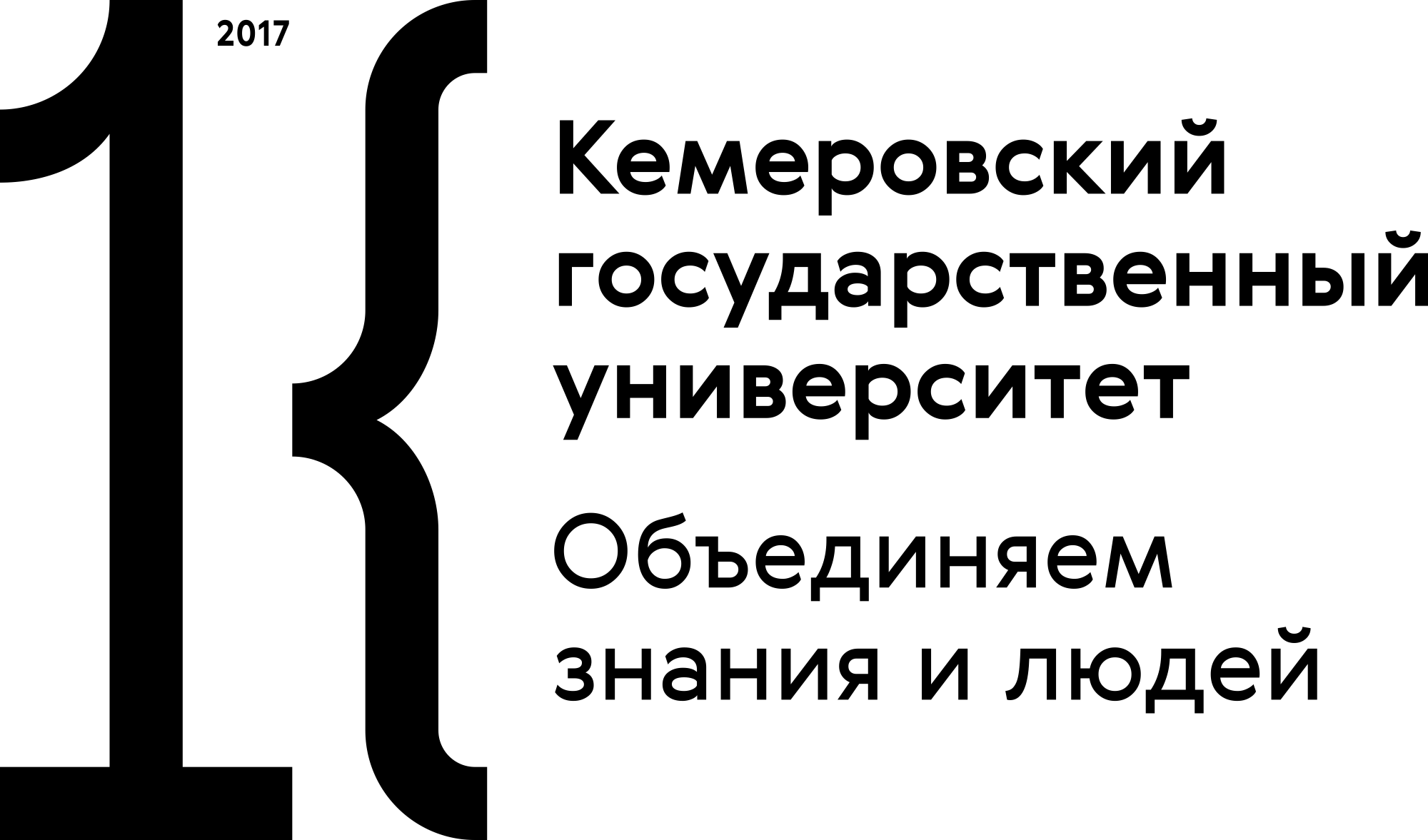Кемерово, Россия
Приведены результаты исследования влияния органических примесей, присутствующих в воде (фенол, хлорфенол, хлороформ, формальдегид, ацетальдегид), на стойкость компонентов нектаров: сахарозу, лимонную кислоту и витамины А, С, группы В. Установлено снижение концентраций основных компонентов нектаров и приоритетных контаминантов, кроме хлороформа. Теоретически обоснован механизм взаимодействия сахарозы, лимонной кислоты, витаминов в нектарах с фенолом, хлорфенолом, формальдегидом, ацетальдегидом.
нектар, сахар, лимонная кислота, витамины, вода, фенол, хлорфенол, хлороформ, формальдегид, ацетальдегид.
INTRODUCTION
At present, nectars, as opposed to juices, are becoming popular soft drinks with the Russian public in terms of price affordability. Having a variety of flavors, nectars are not only a pleasant way of refreshment and thirst quenching but also a source of vitamins and other essential nutrients. In accordance with GOST R 51398-99 and the AIJN Code of Practice (European Association of the Industry of Juices and Nectars), nectars are defined as drinks obtained by the addition of water and sugar to fruit juice, concentrated fruit juice, or purée from edible parts of fresh fruits. Citric or ascorbic acid may be added. The minimum fruit juice content in nectars should be 25--50%, depending on the type of berries or fruits.
Presently, water from the central water supply system is predominantly used in the production of nectars. The quality of such water determines the consumer appeal of finished soft drinks: flavor, taste, color stability, etc.
Kemerovo oblast forms a large territorial production unit within the Russian Federation. Hence, in addition to natural organic substances, water supply sources contain anthropogenic organic impurities from industrial wastewater. According to the Kemerovo Oblast Sanitary and Epidemiological Center, in 2011, 30.5% of water samples from the Kuzbass central water supply system did not comply with the hygienic standards in terms of sanitary and chemical indices, including 33.9% of water samples from surface water bodies and 29.8% from underground water bodies. The phenol concentration constantly exceeds the MAC values in many Kuzbass surface and underground water bodies. According to the State Environmental Protection Committee for Kemerovo Oblast, random samples taken from the Tom' River during snowmelt show phenol concentrations exceeding 30 MAC [1]. In natural waters, the content of humic substances responsible for the formation of organic halogen compounds is 10--50 mg/dm3 [2].
Water treatment plants act as barriers against organic substances only to a slight extent; moreover, water treatment yields more dangerous toxic agents than the initial substances. The application of chlorine for decontamination during water treatment results in the formation of such by-products as chlorophenol and chloroform; in the same way, the application of ozone results in the formation of formaldehyde and acetaldehyde [3--5]. As a result of experimental studies, we have found out a two- to five-times exceedance of the MAC values of the above organic impurities in random water samples taken in spring and summer. When concentrations of these contaminants in water exceed the MAC values, they exert toxic, allergenic, mutagenic, and carcinogenic effects on humans [6--9]. In addition to their toxic effect, the organic impurities found in water can interact with the main components of soft drinks, degrading their quality. Thus, studies on the impact of priority organic contaminants periodically present in water on the quality of nectars during their production and storage are relevant and timely.
In this work, we will study the impact of priority organic contaminants periodically present in water (phenol, chlorophenol, chloroform, formaldehyde, and acetaldehyde) on the quality attributes of nectars (the contents of sucrose, citric acid, vitamins A and C, and B group vitamins) during their production and storage.
1. Materialy k gosudarstvennomu dokladu "O sostoyanii I okhrane okruzhayushchei sredy Kemerovskoi oblasti v 2011" (Materials to the State Report “On Environmental Condition and Protection in Kemerovo Region in 2011). http://gosdoklad.kuzbasseco.ru/2011/
2. Nikoladze, G.I., Podgotovka vody dlya pit´evogo i promyshlennogo vodosnabzheniya (Water Treatment for Potable and Industrial Water Supply), Moscow: Vysshaya Shkola, 1984.
3. Slavinskaya, G.V., Vliyanie khlorirovaniya na kachestvo pit´evoi vody (Impact of water chlorination on the quality of drinking water), Khimiya i tekhnologiya vody (Water chemistry and technology), 1991, vol. 12, no. 11, pp. 1013--1022.
4. Sato, T., Yamamori, H., and Matsuda, H., Estimation of safety of ozonation and chlorination of a water purification plant, Water Science and Technology, 1992, vol. 26, no. 9, pp. 2385--2388.
5. Warming to ozone, Water and Waste Treatment, 1992, no. 4, pp. 12--16.
6. Neale, P., Antony, A., and Bartkow, M., Bioanalytical assessment of the formation of disinfection byproducts in a drinking water treatment plant. Environmental Science and Technology, 2012, vol. 46, no. 18, pp. 10317--10325.
7. Itoh, S., Gordon, B., and Callan, P., Regulations and perspectives on disinfection by-products: importance of estimating overall toxicity, Journal of Water Supply: Research and Technology---Aqua, 2011, vol. 60, no. 5, pp. 261--274.
8. Jeong, C., Wagner, E., and Siebert, V., Occurrence and toxicity of disinfection byproducts in European drinking water in relation with the HIWATE epidemiology study, Environmental Science and Technology, 2012, vol. 46, no. 21, pp. 12120--12128.
9. Grushko, Y.M., Vrednye organicheskie soedineniya v promyshlennykh stochnykh vodakh: Spravochnik (Harmful organic compounds in industrial wastewaters: Reference Book), Leningrad: Khimiya, 1982.
10. Zhao, D., Lu, M., and Cai, Z., Separation and determination of vitamins and essential amino acids in health drinks by CE-LIF with simultaneous derivatization, Electrophoresis, 2012, vol. 33, pp. 2424--2432.
11. Dziomba, S., Kowalski, P., and Baczek, T., Field-amplified sample stacking-sweeping of vitamins B determination in capillary electrophoresis. Journal of Chromatography, 2012, vol. 1267, pp. 224--230.











